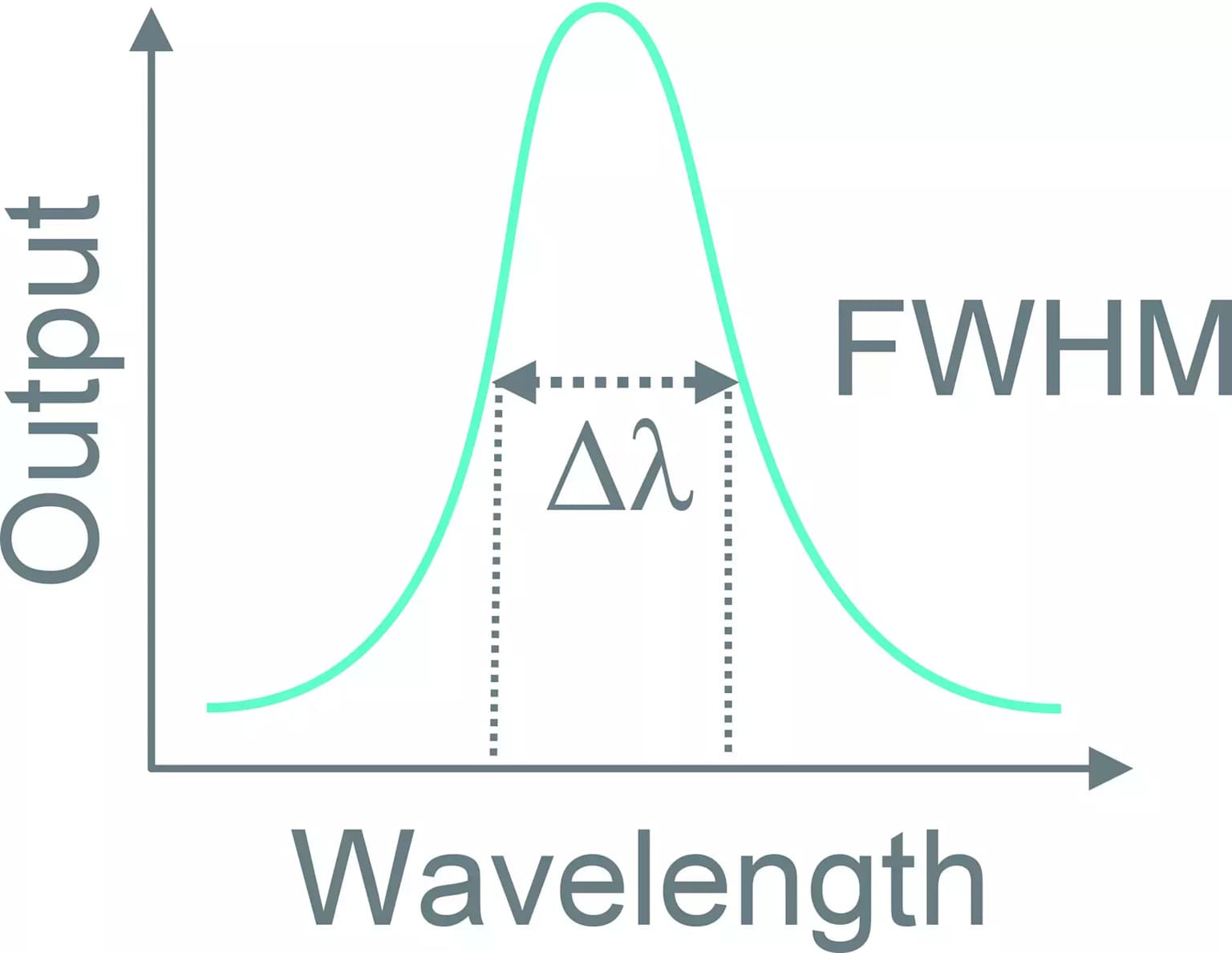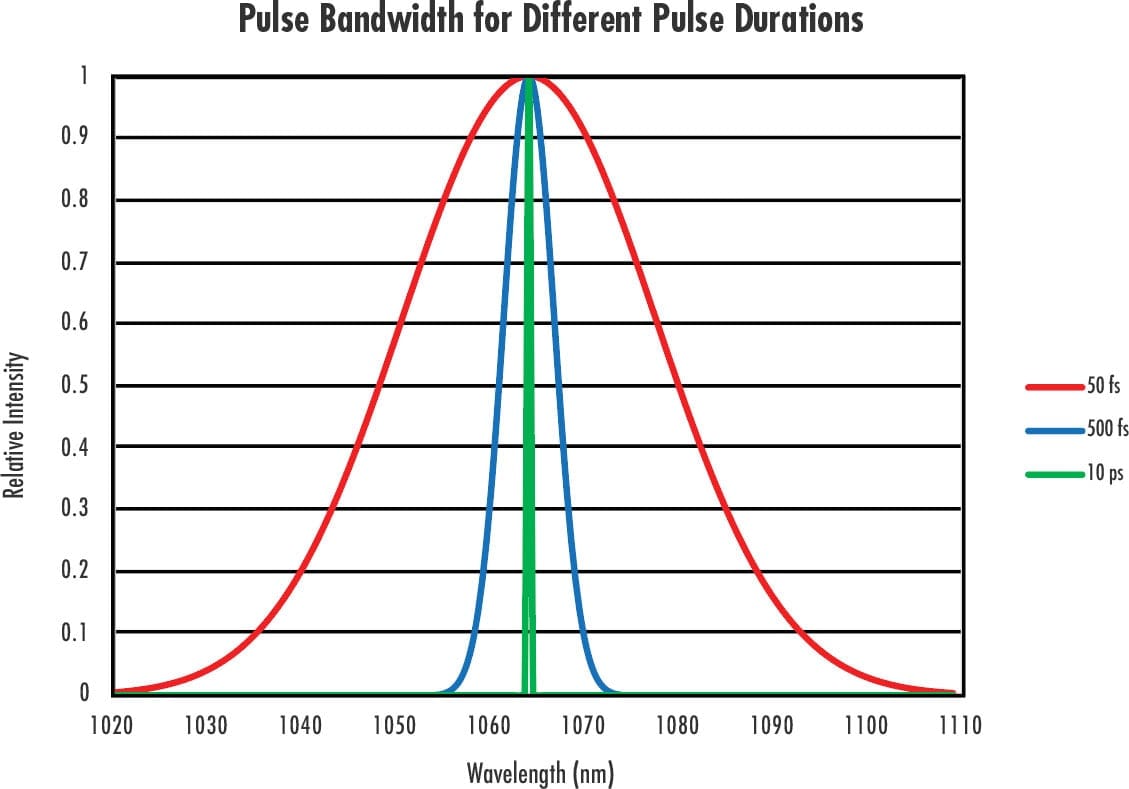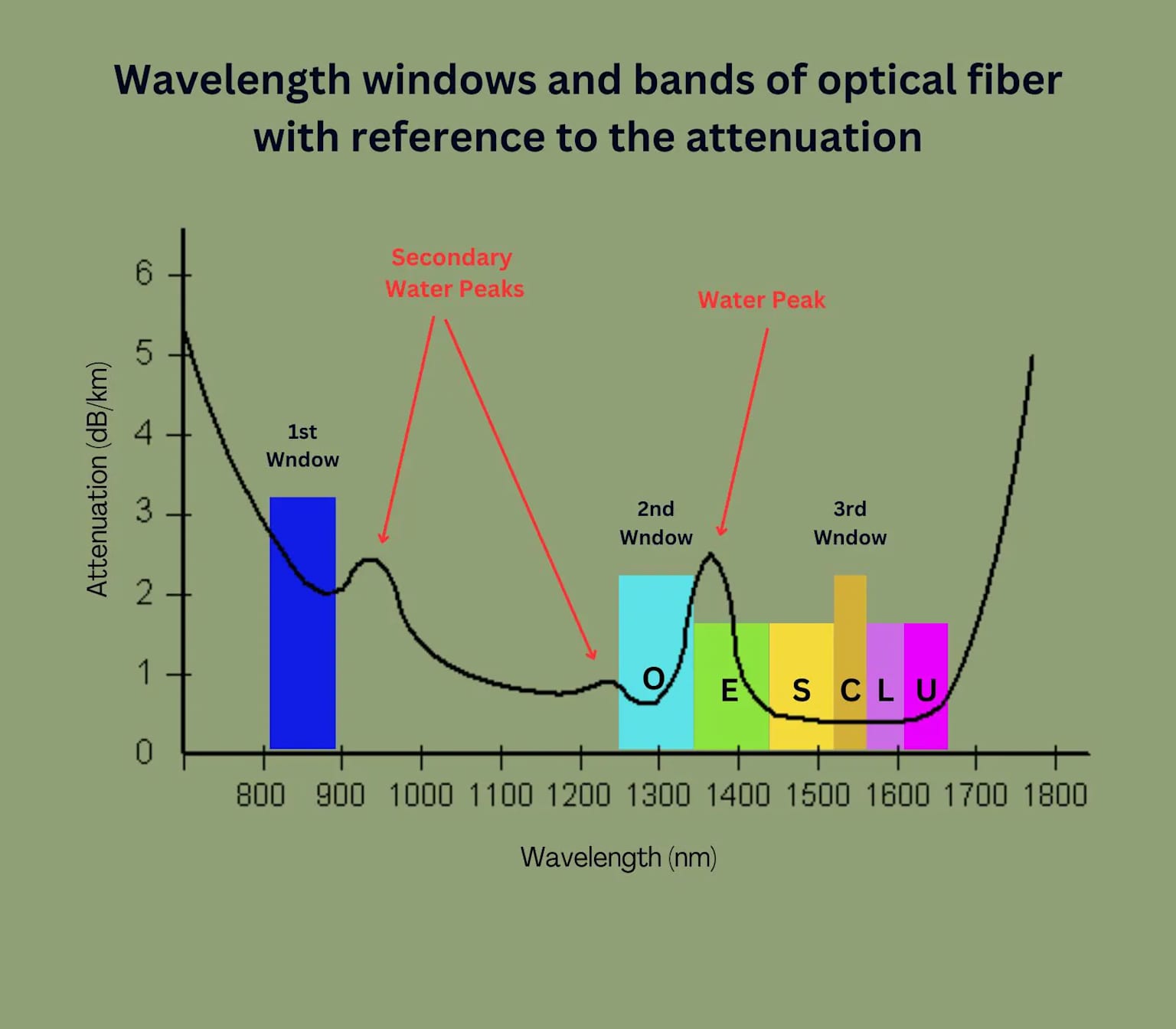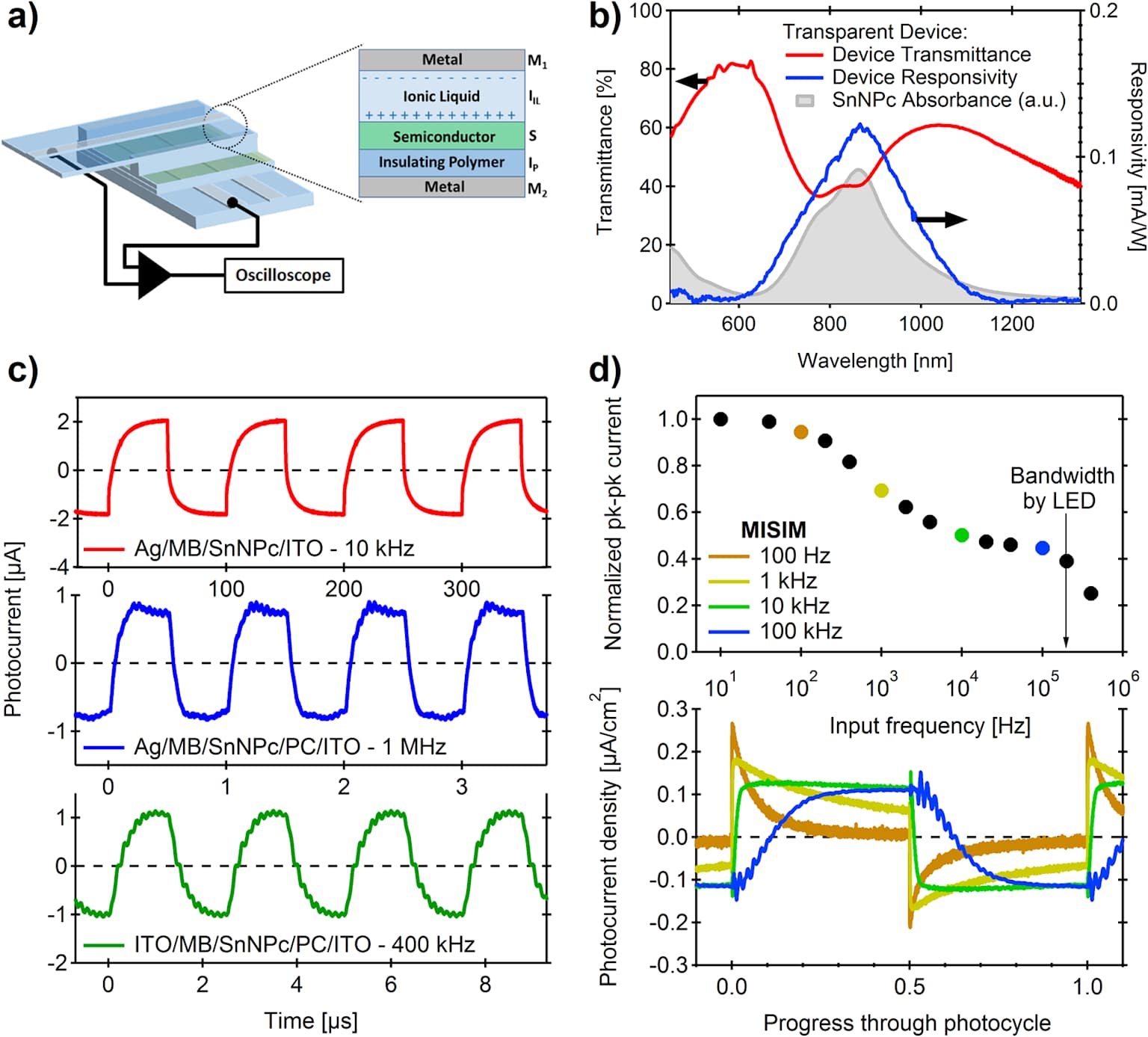Bandwidth is a fundamental, versatile concept in photonics—it describes the width of a frequency or wavelength range. Symbols Δν (frequency) and Δλ (wavelength) represent it, with units like hertz or nanometers. It shows up in many areas of optical science and engineering. To design optical systems—from lasers to communication networks—you need to understand bandwidth. It directly affects performance, data capacity, and how systems work.
Optical spectral width is the foundation of bandwidth measurements in photonics. Light sources have unique spectral profiles that shape their bandwidth properties. Narrow-linewidth lasers have extremely small bandwidth—sometimes below 1 Hz. That’s way smaller than the average optical frequency. On the other hand, femtosecond ultrashort pulses have huge bandwidth—often tens of terahertz.
Most people define spectral width using Full Width at Half Maximum (FWHM). It measures the width of a spectral curve where intensity is half the maximum. This standard measurement lets you compare bandwidth across different optical systems and uses. Other definitions exist, like Half Width at Half Maximum (HWHM)—that’s exactly half of FWHM. Some uses rely on different criteria, like width at 10% of maximum intensity or the range that includes a set percentage of total power.

Ultrashort pulses show a key link between temporal duration and spectral width. Shorter pulses need broader spectral bandwidth. This comes from the Fourier transform link between time and frequency. The product of temporal and spectral widths must meet the uncertainty principle: Δω × Δτ ≥ 1/2.

Converting between wavelength and frequency bandwidth depends heavily on center wavelength or frequency. That’s because they have an inverse relationship. The basic conversion formula is: Δν = c × Δλ / λ². This formula comes from taking the derivative of ν = c/λ with respect to λ. It shows that shorter center wavelengths give higher frequency bandwidth for the same wavelength range. This wavelength-dependent factor matters a lot for designing optical systems.
Examples of common optical wavelengths show how bandwidth conversion depends on wavelength. For 850 nm (multimode fiber), 1 nm of wavelength bandwidth equals about 415 GHz of frequency bandwidth. But at 1550 nm (single-mode fiber), that same 1 nm becomes just 125 GHz.
Optical sources have very different bandwidth traits. This depends on their physical mechanisms and design needs. Narrow-linewidth lasers have extremely pure spectra—bandwidth below 1 Hz. They’re key for applications like interferometry and frequency metrology, which need high coherence. LEDs, though, have broad spectral widths—50-100 nm. They work for uses that need high optical power but not super precise spectra.
Optical bandwidth also describes the frequency range optical components or devices can handle well. Examples include:
Reflection bandwidth of mirrors and optical coatings
Transmission bandwidth of optical fibers and waveguides
Gain bandwidth of optical amplifiers (like EDFAs, which cover 40 nm on the C-band)
Phase-matching bandwidth of nonlinear optical devices

Light sources’ optical bandwidth links directly to their temporal coherence—measured by coherence time. This link decides how well optical waves keep their phase over time. It affects applications like holography, interferometry, and optical communications.
For passive resonators (optical cavities) and active oscillators (lasers), the Q factor is the ratio of oscillation frequency to bandwidth: Q = ν₀/Δν. High-Q resonators have extremely narrow bandwidth. Some optical cavities get Q factors over 10¹⁰ with ultra-low-loss mirrors and strict environmental control.
Modulation bandwidth is the maximum frequency you can modulate optical sources at. It’s also the range where photodetectors can pick up modulated optical signals. This parameter is key for data transmission capacity in optical communication systems.
Photodetectors have limited bandwidth. This limits their ability to detect optical power modulations. For DC-coupled photodetectors, bandwidth usually means the maximum detectable modulation frequency. The most common criteria is 3 dB bandwidth. This spec shows the frequency where signal power drops 3 dB (about 50%) from its low-frequency response. Factors that limit photodetector bandwidth include:
Carrier transit time through the depletion region
Electrical capacitance and resistance
Diffusion of carriers made outside the depletion region
High-speed photodetectors get bandwidth over 40 GHz by optimizing these factors. They usually need small active areas and thin absorption regions.

In fiber optic communications, people often misuse "bandwidth" to mean data transmission rates (Gbit/s). More precise terms separate:
Optical bandwidth: The spectral width of optical signals
Data rate (or data transmission capacity): The actual information transfer rate
This difference avoids confusion and makes system specs and performance comparisons accurate.
Modern optical communication systems need careful bandwidth management in many areas. Dense Wavelength Division Multiplexing (DWDM) systems need precise optical bandwidth control. This maximizes channel capacity and minimizes crosstalk. How optical bandwidth links to data transmission capacity depends on modulation format and spectral efficiency.
To use bandwidth effectively, you need to know each application’s needs:
Coherent communications work better with narrow-linewidth sources
Short-reach data centers may care more about high modulation bandwidth than spectral purity
Long-haul transmission needs a balance between optical bandwidth and amplifier gain traits
As data rates go up, we need better bandwidth management. Emerging tech like space-division multiplexing and advanced modulation formats are expanding how we use optical bandwidth.
In photonics, bandwidth covers many concepts—from light sources’ fundamental spectral width to detection systems’ practical limits. Knowing these different bandwidth definitions and how they link lets engineers and researchers design better optical systems. As photonic tech advances—toward higher data rates and more complex uses—mastering bandwidth concepts gets even more important for successful system design.
The link between temporal and spectral traits, the wavelength-dependent nature of bandwidth conversion, and each application’s unique needs make optical system design complex. You need to think carefully about all these factors. By using these fundamental principles, the photonics community keeps expanding what’s possible in optical science and engineering.
Contact: Jason
Phone: +8613337332946
E-mail: [email protected]
Add: Hangzhou City, Zhejiang Province, China